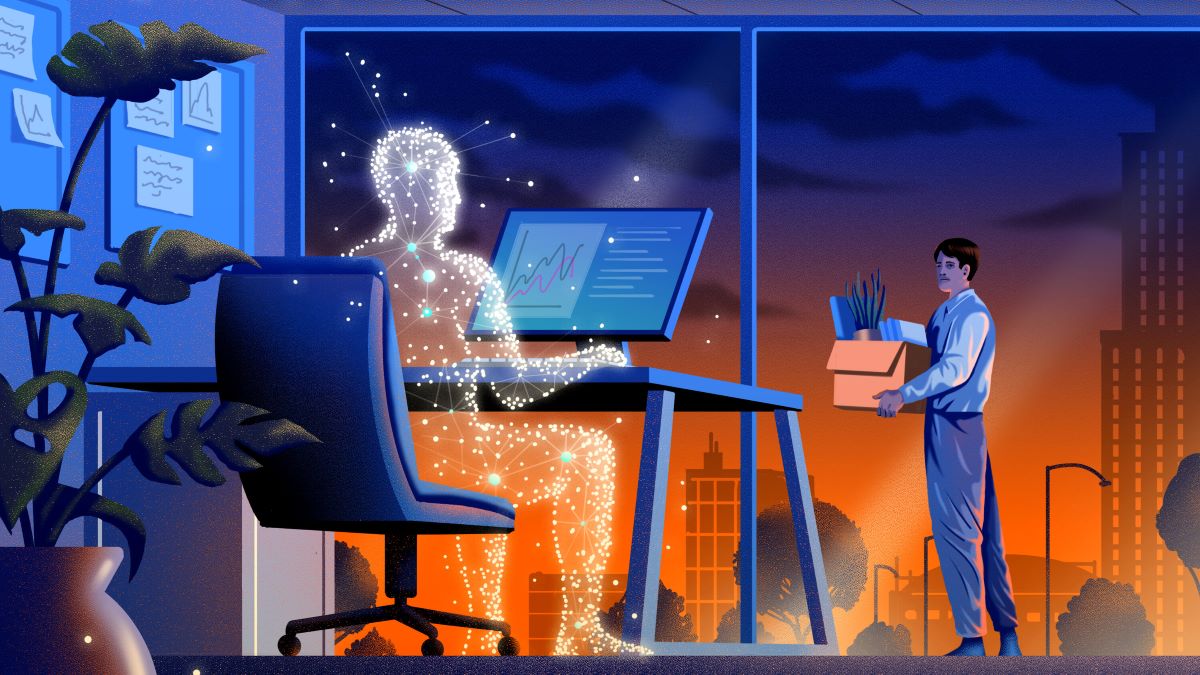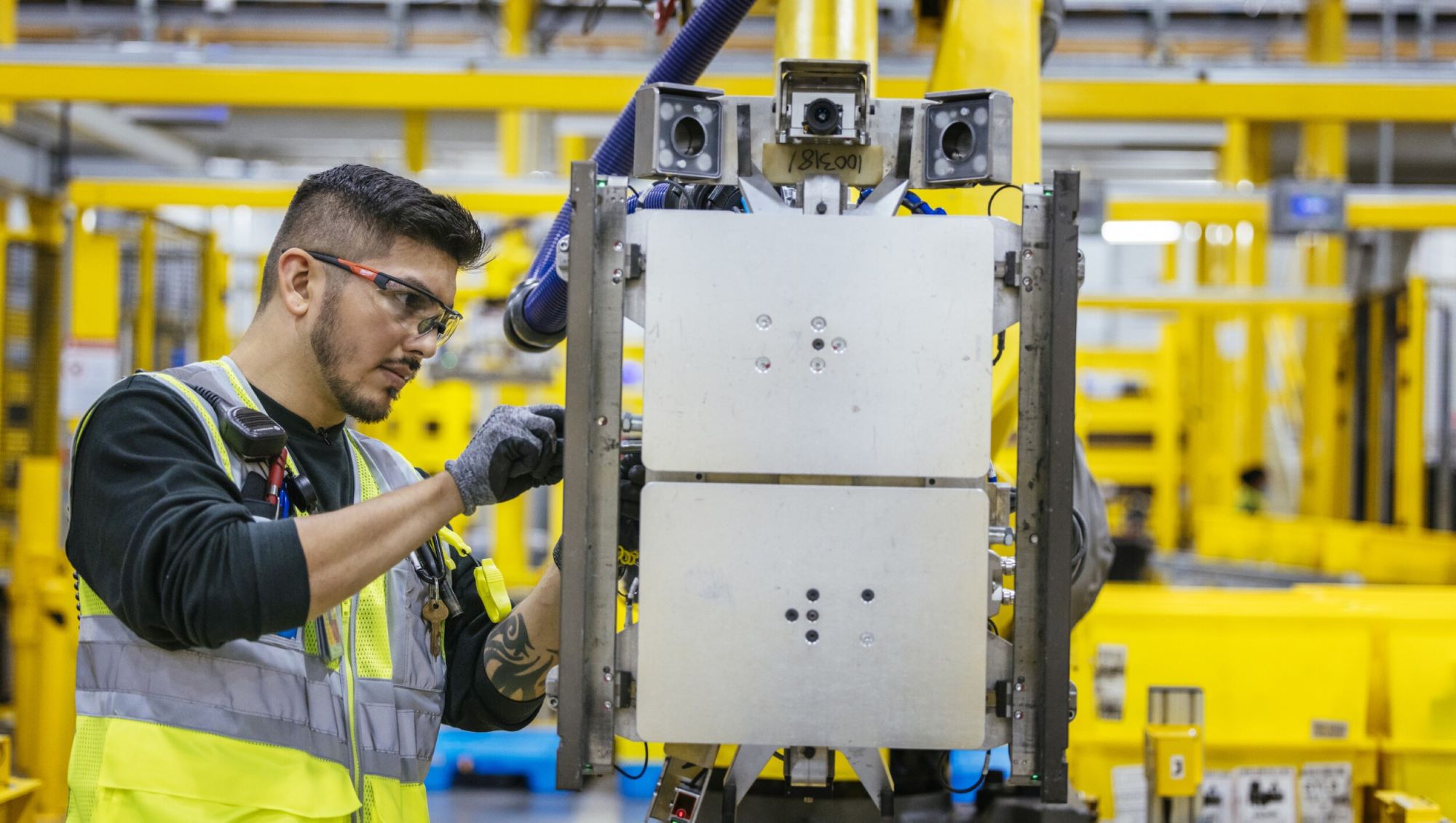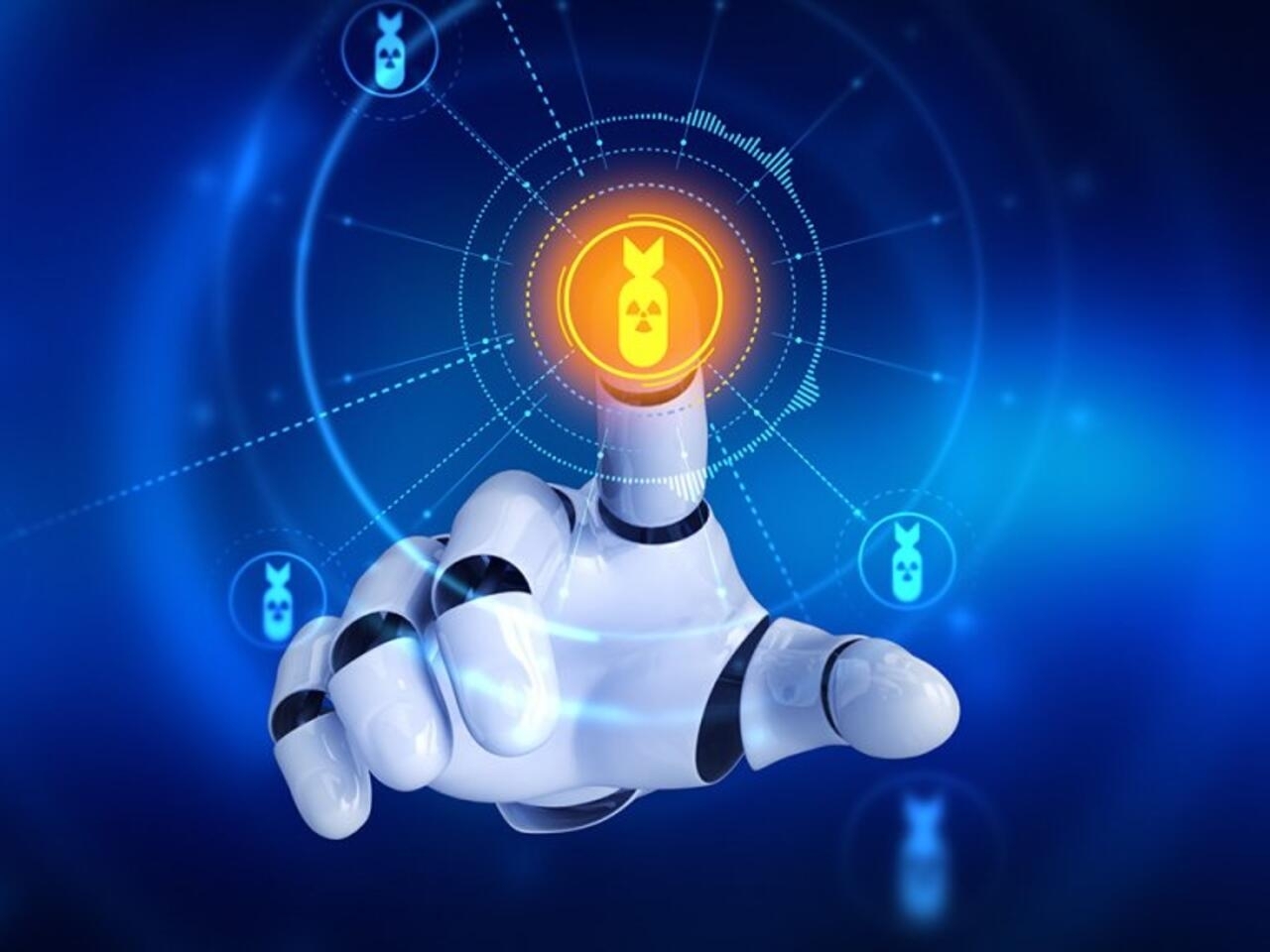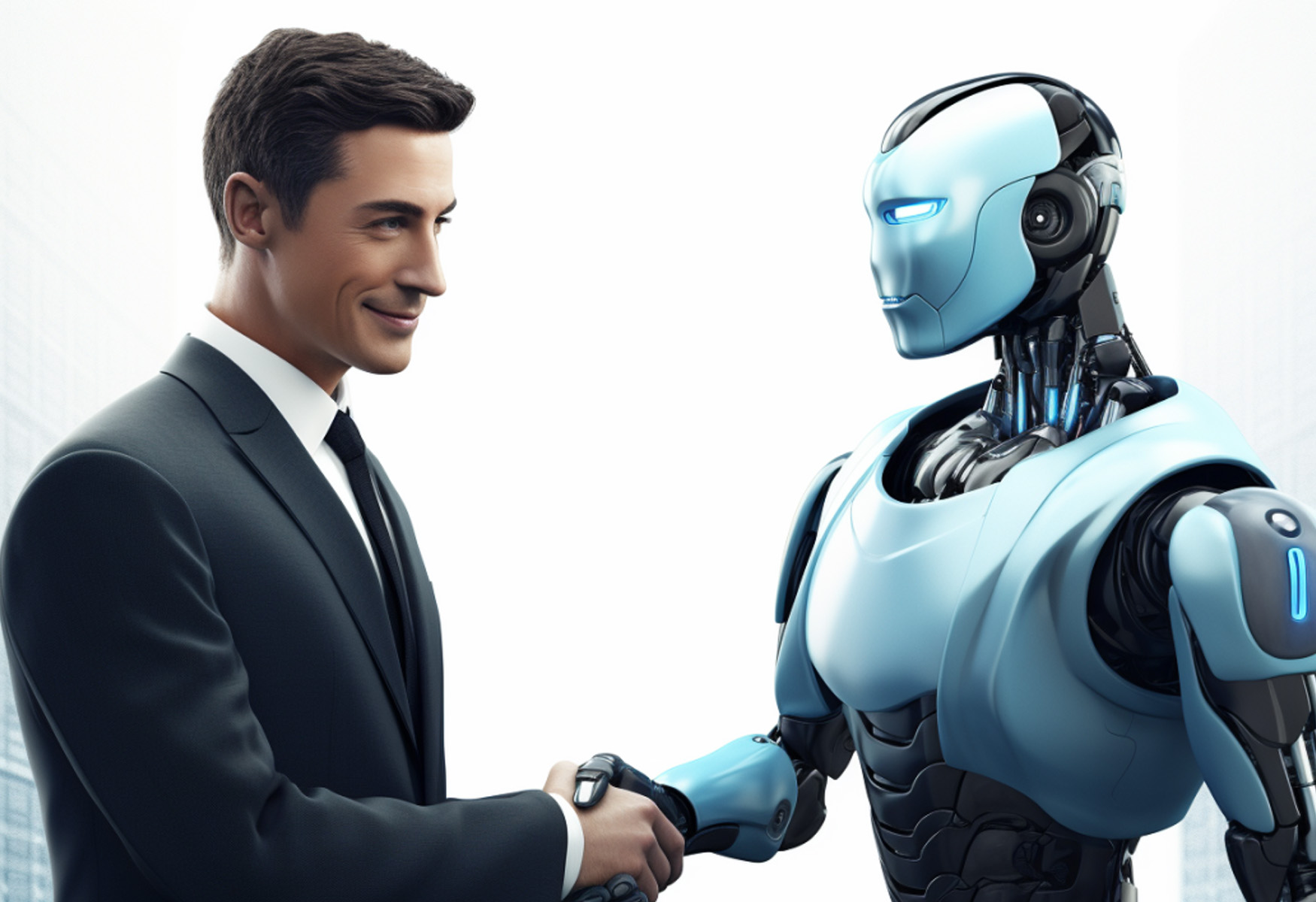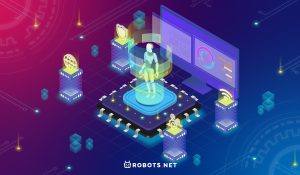A new study from MIT’s Computer Science and Artificial Intelligence Laboratory (CSAIL) challenges the prevailing narrative about the impact of AI on job automation. The study, led by researchers at MIT, suggests that the widespread fear of AI replacing human jobs may be overblown.
Key Takeaway
The study suggests that the potential impact of AI on job automation may be slower and less dramatic than previously thought, challenging the prevailing narrative about AI’s imminent threat to human employment.
AI and Job Automation: Debunking Common Assumptions
Many predictions about the future of AI and its potential to automate human jobs have been dire. Reports from various sources, including Goldman Sachs and McKinsey, have suggested that a significant portion of the labor market could be automated by AI in the coming years. However, the MIT study offers a different perspective.
The researchers at MIT CSAIL conducted a comprehensive analysis to assess the feasibility of AI replacing certain roles and the likelihood of businesses actually adopting AI technology to replace human workers. Contrary to expectations, the study found that the majority of jobs previously identified as being at risk of AI displacement are not currently “economically beneficial” to automate.
Insights from the Study
The researchers focused on jobs requiring visual analysis, such as inspecting products for quality at the end of a manufacturing line. They surveyed workers to understand the tasks that an AI system would need to accomplish to fully replace their jobs. The study also considered the cost of building and maintaining AI systems capable of performing these tasks, as well as businesses’ willingness to invest in such systems.
One surprising finding was that only 23% of the wages paid to humans for vision tasks would be economically attractive to automate with AI. The study highlights that, despite the potential for AI to automate certain tasks, humans remain the better economic choice for many aspects of these jobs.
Limitations and Future Considerations
While the study provides valuable insights, it has certain limitations. It focused solely on visual analysis tasks and did not explore the potential impact of text- and image-generating models on the workforce and the economy. The researchers also acknowledged that the study did not account for cases where AI could augment human labor or create new tasks and jobs.
Despite these limitations, the study challenges the prevailing narrative about the imminent threat of AI job automation. The researchers emphasize the importance of preparing for AI job automation while also highlighting that the process may take years or even decades to unfold, providing time for policy initiatives to be put into place.
Overall, the study offers a thought-provoking perspective on the intersection of AI and job automation, urging policymakers and AI researchers to consider the economic implications of AI deployment and the potential for new job creation.







